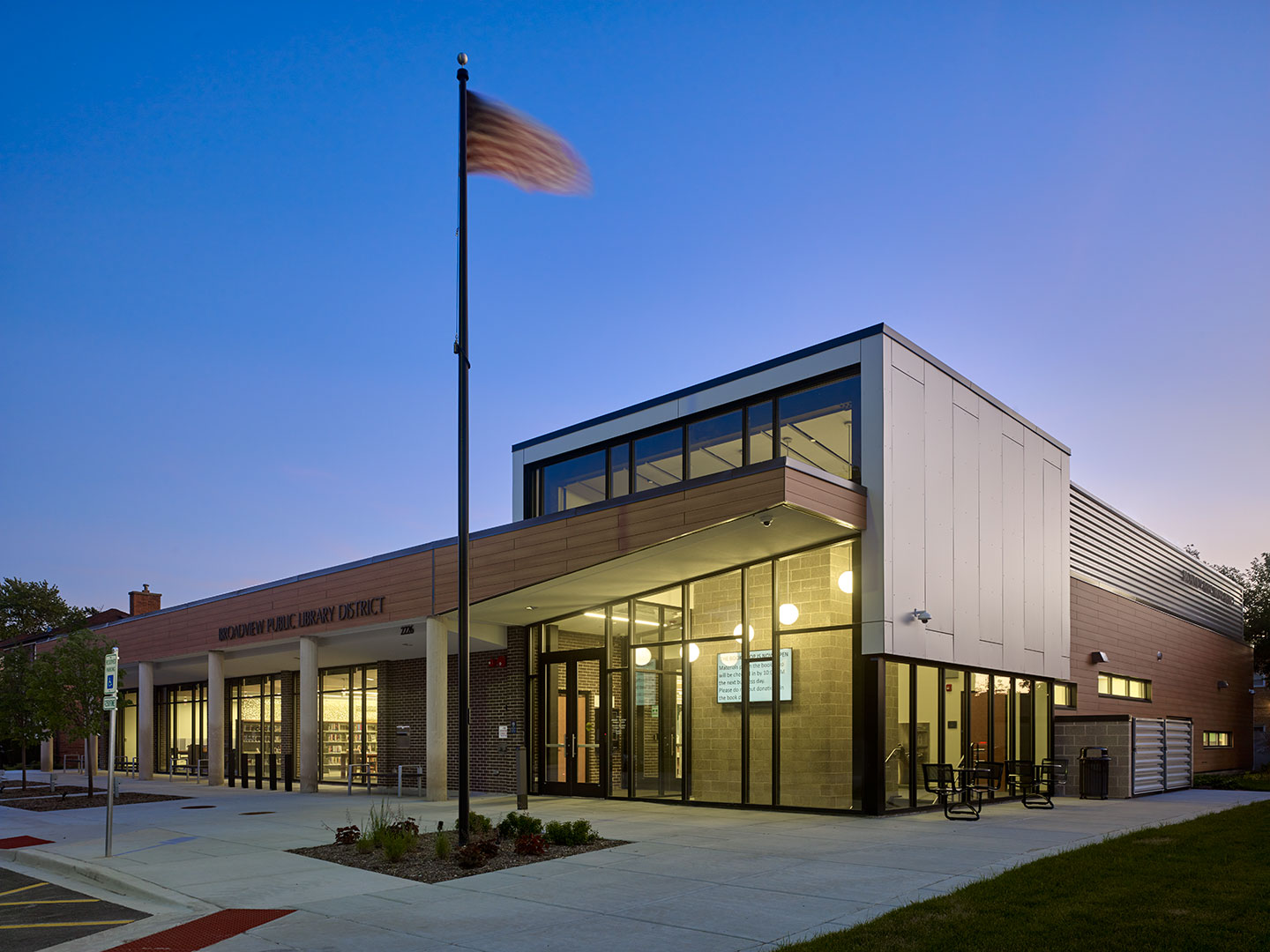At the local government level, capital improvement and replacement projects often rely on bond financing. While similar to a loan, a bond referendum is unique in that voters are asked, in the form of a ballot measure, to secure bond financing with the
taxing power of the local government. For decades, this financial tool has helped fund the construction of schools, parks, police and fire stations, and other community facilities as well as vital infrastructure projects. Since the 2008 recession,
with voters understandably more cautious about government spending, capital projects have been subjected to increased scrutiny. Many of our public clients opted for smaller-scale facility improvements over more ambitious capital construction projects.
Nationwide, there was a reduction in the frequency and value of bond referenda, with governments relying on reserves and operating budgets to fund basic maintenance needs. Recognizing that this cost-cutting shift is not sustainable for the long term,
many public agencies have now begun to focus on the importance of keeping the public informed about proposed capital projects, and carefully building support for new bond referenda with a diligent, step-by-step approach that highlights both need and
benefit.
 Voters in the Broadview Public Library District in Illinois, approved
a referendum to renovate and expand its aging building. The modernization was completed this year, providing ADA-accessibility, advanced technology, study and meeting rooms, and a dedicated teen space.
Voters in the Broadview Public Library District in Illinois, approved
a referendum to renovate and expand its aging building. The modernization was completed this year, providing ADA-accessibility, advanced technology, study and meeting rooms, and a dedicated teen space.
By documenting needs through careful assessments, involving the community early-on, creating multifaceted information and outreach programs, and working hard to secure the public’s trust, we can continue to rely on bond referenda as an important
financial tool."
Douglas Pfeiffer
Validating the Project: Facility Condition Assessments
We are currently serving two park districts that plan to build new community facilities and catch up on deferred maintenance projects. In both cases, facility condition assessments have been critical first steps in educating voters and gaining public
trust. These assessments have provided vital context, evaluating a facility’s purpose and current functionality and detailing building systems, equipment, and space conditions along with maintenance budgets and replacement schedules. A secondary
assessment serves as a qualitative study that documents the ways in which a building either serves or detracts from its purpose. We also investigate current and future space needs to serve the client’s mission. Through multiple layers of community
engagement, we gain an understanding of the stakeholders, including their interests and concerns. Together with our clients, we ask the public to become active participants in the project planning, long before they are asked to cast a vote on the
fate of the funding.
Testing Engagement: Presenting the Options to Voters
Once the assessments have been assembled and reviewed, we often find a common theme. For example, a study might reveal a series of unavoidable capital expenses related to the facility life cycle—from paving and roofing to the need to replace obsolete,
energy-draining HVAC equipment. Another study might expose the operational restrictions of working in an outdated facility, such as inefficiencies in staffing, a lack of security, or limitations to customer service. Relying on these detailed assessments,
we can often make a connection between facility improvements, including renovation, expansion, and new construction projects, and clear benefits to the taxpayers, including long-term savings and improved services.
Communicating the Vision
Involving the public early-on in the planning for capital projects has proven to be an important step in building advocacy and support for a bond referendum. We work side-by-side with our government clients throughout this process and engage various stakeholder
groups who may also help share information and serve as project advocates. In addition to facility assessments and design services, outreach tools to help involve and educate the public include:
- Public meetings, workshops, and design charrettes
- Assessment reports that include executive summaries, charts, comparisons, and cost projections that explain findings in a clear and easy-to-read format
- Surveys
- Websites and social media
- Site tours and visits to similar facilities in other jurisdictions
- 3D animated fly-throughs
- Renderings, exhibits, fact sheets, and FAQs
We recognize the challenges our government clients face in securing funding for capital projects in a tenuous financial climate and with voters who seek to keep spending in check. By documenting needs through careful assessments, involving the community
early-on, creating multifaceted information and outreach programs, and working hard to secure the public’s trust, we can continue to rely on bond referenda as an important financial tool. Most importantly, we can build and maintain facilities
and infrastructure that reflect the judicious use of public funds and demonstrate civic pride and support.